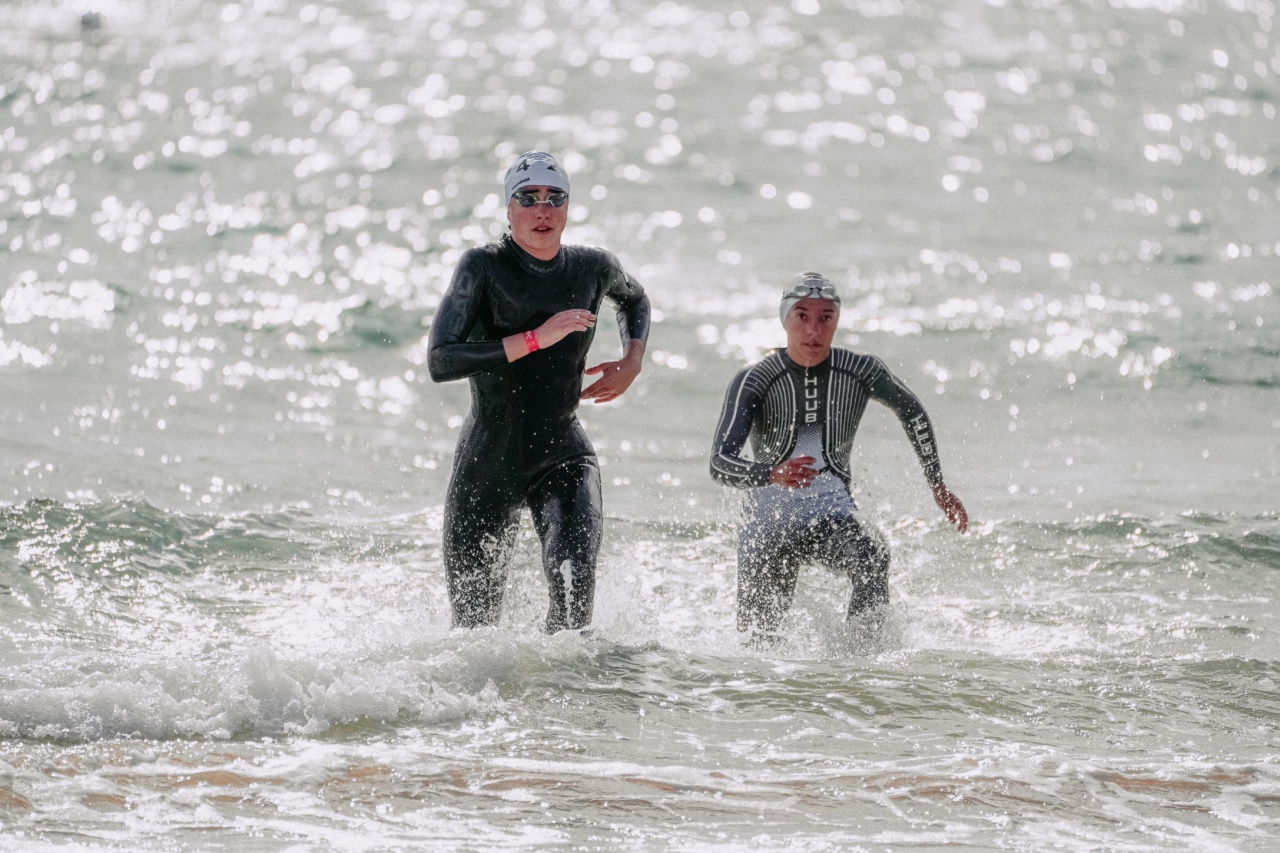Hemorrhoids, also known as piles, are swollen and inflamed veins in the rectum and anus that can cause discomfort, pain, and itching.
They are a common condition that affects both men and women, often due to factors such as straining during bowel movements, obesity, pregnancy, and a sedentary lifestyle.
While there are various treatment options available for hemorrhoids, one natural remedy that can help alleviate symptoms and promote healing is the power of water.
Water therapy, also known as hydrotherapy, has been utilized for centuries for its healing properties, and it can be particularly effective in the case of hemorrhoids.
How Water Helps with Hemorrhoids
Water plays a crucial role in our overall health and well-being, and its therapeutic effects extend to helping reduce the discomfort and inflammation associated with hemorrhoids. Here are some ways in which water can help:.
1. Hydration and Softening Stools
One of the primary causes of hemorrhoids is straining during bowel movements, often due to hard and dry stools.
By staying hydrated and drinking an adequate amount of water throughout the day, you can soften your stools and make them easier to pass, reducing the strain on your anal veins. Proper hydration also helps prevent constipation, which is a common trigger for hemorrhoid flare-ups.
2. Sitz Baths and Soaking
A sitz bath involves sitting in warm water that covers the hips and buttocks, allowing the water to reach the affected area. This therapy can provide immediate relief from pain, itching, and inflammation associated with hemorrhoids.
It helps relax the anal muscles, improve blood flow to the area, and promote healing. Sitz baths can be done using specially designed basins that fit over toilet seats or by sitting in a bathtub filled with warm water.
3. Cleansing and Hygiene
Keeping the anal area clean is crucial for individuals suffering from hemorrhoids. Water is a gentle and effective way to cleanse the area after a bowel movement.
Using a bidet, a handheld shower, or simply rinsing with water can remove any fecal matter and reduce irritation. Avoid using harsh toilet paper, as it may cause further discomfort and worsen hemorrhoids.
4. Cold Compresses and Ice Packs
While warm water is beneficial for soothing hemorrhoids, cold water can help reduce swelling and numb the area, providing relief from pain and discomfort.
Applying a cold compress or ice pack wrapped in a cloth to the affected area for a few minutes can constrict blood vessels, reduce inflammation, and alleviate symptoms.
5. Increased Circulation and Healing
Water therapy, especially through sitz baths or soaking in warm water, improves blood circulation in the anal area. This increased circulation helps reduce swelling, promote healing, and alleviate pain associated with hemorrhoids.
Enhanced blood flow also brings nutrients and oxygen to the affected tissues, aiding in the repair process.
Using Water Therapy for Hemorrhoids
Now that you understand how water can benefit individuals dealing with hemorrhoids, let’s explore some effective methods of incorporating water therapy into your hemorrhoid treatment:.
1. Sitz Bath
Fill a sitz bath basin or a bathtub with warm water so that it covers your hips and buttocks when seated. Sit in the water for 15-20 minutes, ensuring the affected area is immersed.
Repeat this therapy several times a day or as required to relieve symptoms and promote healing.
2. Regular Hydration
Drink plenty of water throughout the day to maintain proper hydration and soften stools. Aim for at least 8-10 glasses of water daily. You can also include hydrating foods, such as fruits and vegetables, in your diet to increase your water intake.
3. Cleansing with Water
After each bowel movement, use a bidet or a handheld shower to clean the anal area with water. Alternatively, you can rinse with water using a clean container. Avoid using toilet paper that may aggravate hemorrhoids.
4. Cold Compresses
Apply a cold compress or ice pack wrapped in a cloth to the affected area for 10-15 minutes, several times a day, to reduce swelling and alleviate discomfort.
5. Stay Active
Engaging in regular physical activity, such as walking or swimming, can help stimulate bowel movements and prevent constipation, reducing the likelihood of hemorrhoid flare-ups.
6. Dietary Considerations
Incorporate high-fiber foods into your diet, such as whole grains, fruits, vegetables, and legumes, which can help soften stools and promote regular bowel movements. Avoid spicy foods, alcohol, and caffeine, as they can irritate hemorrhoids.
When to Seek Medical Advice
While water therapy can provide relief for many individuals with hemorrhoids, it is essential to consult a healthcare professional if your symptoms persist or worsen over time.
They can help determine the severity of your condition and recommend appropriate treatment options.
Remember, while water therapy can help alleviate symptoms and promote healing, it is not a substitute for medical advice, diagnosis, or treatment.
Conclusion
Water therapy, through methods such as sitz baths, regular hydration, and proper cleansing, can be a powerful tool in managing hemorrhoids.
By incorporating these practices into your daily routine, you can reduce discomfort, alleviate pain and inflammation, and aid in the healing process. However, always consult a healthcare professional for guidance, as they can provide a personalized treatment plan based on your individual needs.






























